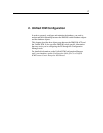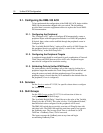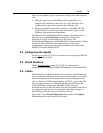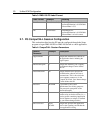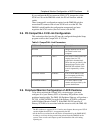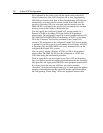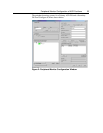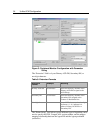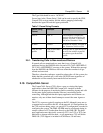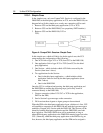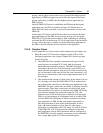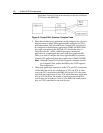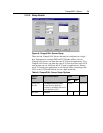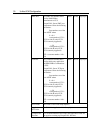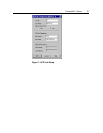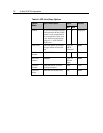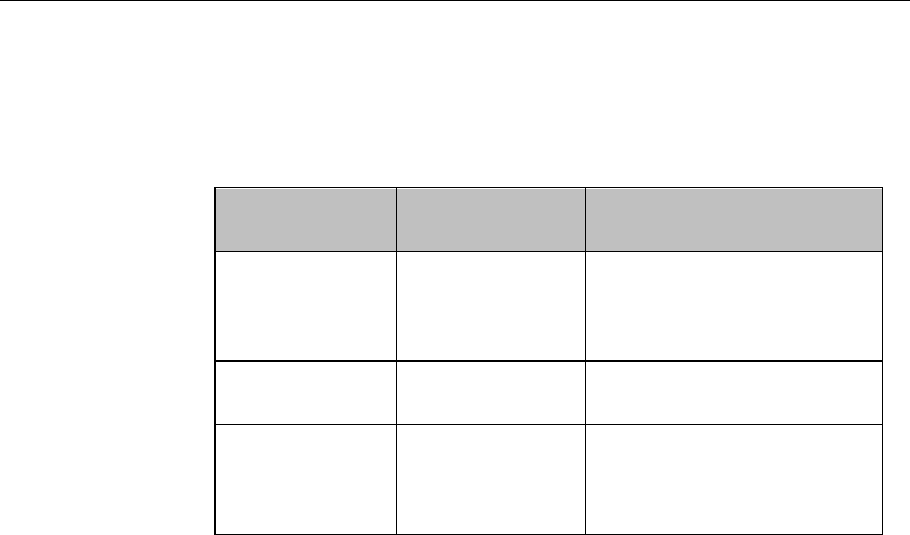
CompuCALL Server 25
25
25
The Type field should be set to “ACD DN.”
Several tags in the “Param String” field can be used to specify the CDN,
CompuCALL session number, and the address mapping relationship
between the Agent DN and the Agent positionID.
Table 7: Param String Formats
Param String
Format
Example
Meaning
<SN n>
<SN 1>
The configured CompuCALL
sessions n to be associated to the
Primary ACD DN, or Secondary
DN in the “Extension” field
<CDN>
<CDN>
Indicates the Primary ACD DN in
the “Extension” filed is a CDN
<DN dn> <ID
posID>
<DN 9136243686>
<ID 3686>
Indicates that an Agent device has
an ACD line with the Agent DN
dn, and the agent PositionID
posID.
2.9.1. Transferring Calls to Non-monitored Devices
If queued calls are transferred to a party that is not a CompuCALL
monitored device, the DMS100 does not send a DV-CALL-OFFERED-U,
DV-CALL-ANSWERED-U message to the system. Without this message
from the DMS100, the PIM does not know when the consulted call got
offered and answered.
Therefore, when the conference controller releases the call, the system also
thinks that the consulted call is still in the QUEUED state regardless of
whether the call has actually been transferred and answered.
2.10. CompuCALL Server
The CompuCALL Server (CCS) allows a new or existing third-party
application to share the DMS-100 CompuCALL interface with the
software for the purpose of monitoring and/or controlling Agents and calls
for the same Agent positions that the software is monitoring and/or
controlling. Although both the third-party application and software can
monitor, only one of them should attempt to control the same Agents or
calls.
The CCS is a process typically running on the PG, although it may run on
a separate host accessible to the PG via the network. All configurations for
the CCS are done during setup—no special CCS configuration is needed in
configuring the system. The DMS-100 PIM must be configured during its
setup to connect to CCS rather than directly to the DMS-100. The third-
party application must physically connect to CCS (via X.25 or TCP), but
otherwise no change needs be made – to all appearance, CCS will be the
DMS-100. (TCP support is included in ICM release 3.0 and later.)



